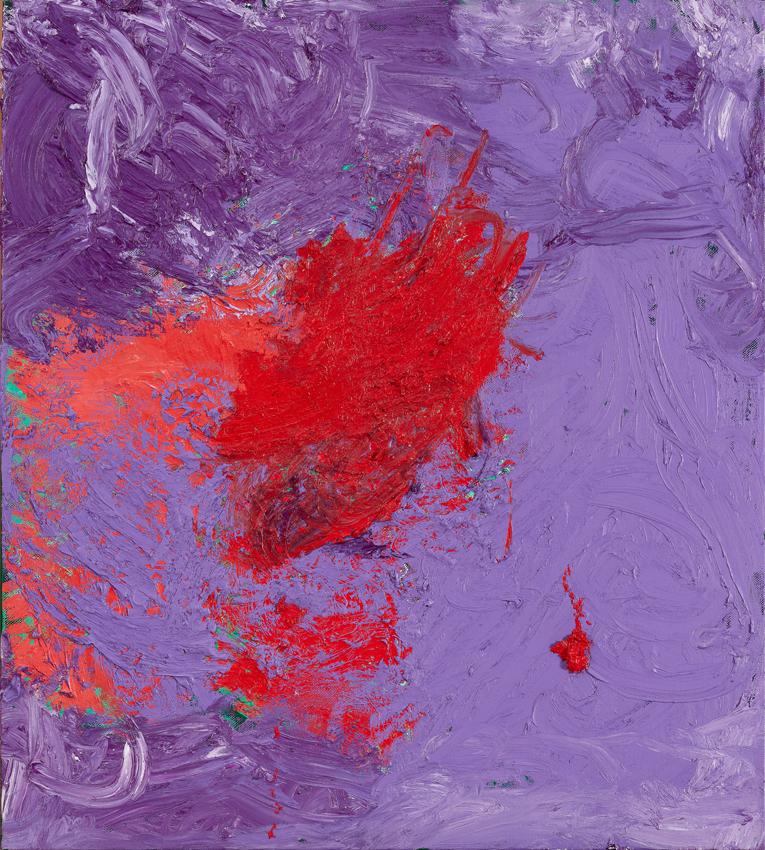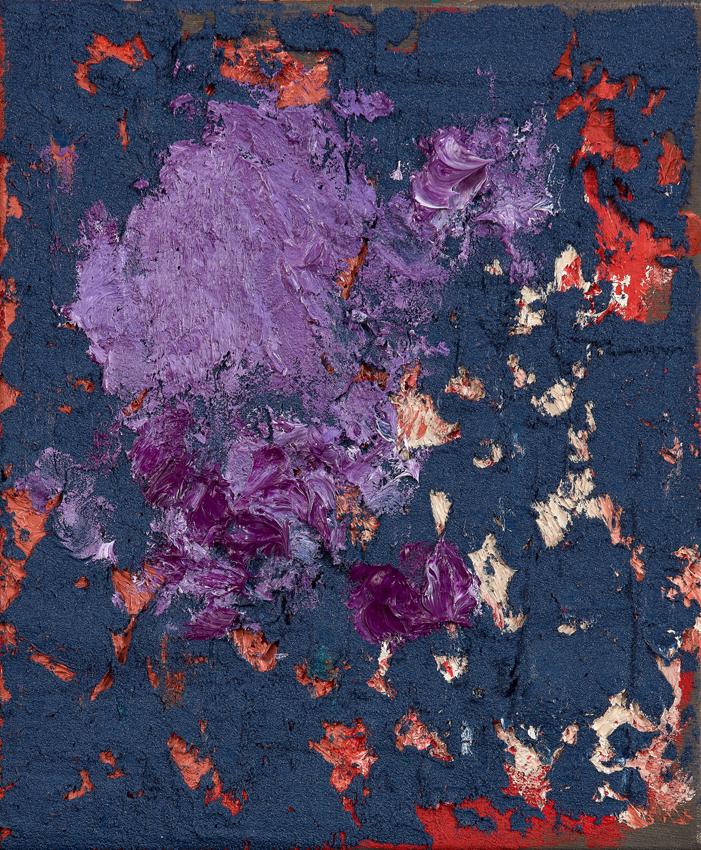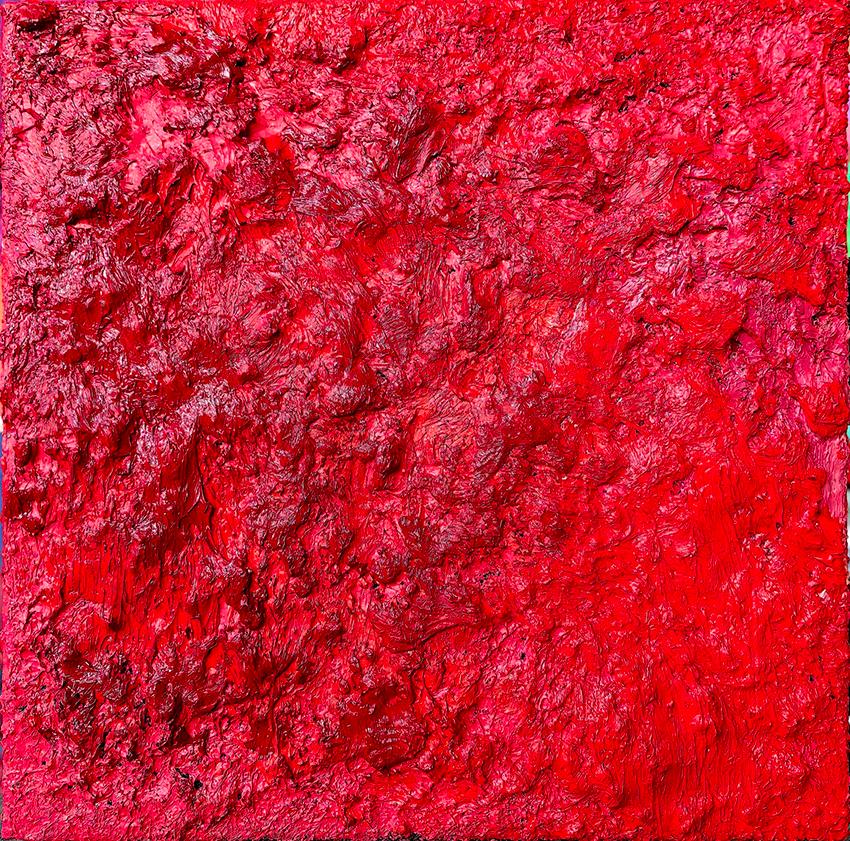
Charlie Sheard | χάος
OLSEN Gallery | 27 August - 20 September, 2025
Painting is an ancient mystery from caves; the painter is merely the vehicle through which the mystery occurs. My work is focused on this occurrence and on the Being of each Painting, not on self expression or representation or depiction of something else. I am only interested in paintings which have their own Existence and Being, independent to the circumstances of their creation.
The mystery of Painting is related to the mystery of being in a human body. The energy of the body is the energy that flows through all things; drawing is the study of this energy. The artist is a conduit for channelling bodily energy into paintings, which enables paintings to have Being. Therefore, the bodily energy of existence is core to the experience of Painting.
The paintings exhibited here are the concluding section of a much larger two year project; earlier sections are as yet unexhibited. χάος μανία δακρύων is the title for this last section of the work; the words are ancient Greek, translating roughly as Chaos Madness Tears. I use the variant spelling δακρύων that Ezra Pound used in his Pisan Cantos. My title refers to a vision of Dionysos manifesting in the studio, not to “meaning” of the paintings themselves.
I am indebted to help and encouragement given to me in the last two years, most of all by Yujue Wang, and also by Greg Smith, Kate Wheale, Katrina Arent, 萧煌 (Shawn) and Madeleine Love. I am also indebted to Río Rosanó who worked as my studio assistant at various times in the last two years and whose help with the project was seminal.
- Charlie Sheard












Response from a Curator 萧煌(Shawn)
Reading Charlie Sheard’s exhibition statement is like entering a sacred space — one that resists translation, resists simplification, and insists on the primacy of direct experience.
Charlie’s decision to title his works in Latin and Ancient Greek is not a gesture of elitism, but an act of artistic preservation — a way of shielding the work from reductive readings and the didacticism so often imposed by contemporary discourse. Instead, he reactivates the metaphysical weight of these classical languages, aligning painting with timeless existential and spiritual concerns.
One of the most powerful ideas he puts forward is this: “drawing is the study of energy.” This notion disrupts the conventional Western academic tradition of drawing as an exercise in contour, anatomy, and proportion. Instead, it moves toward something far more immediate and embodied — closer to the Chinese notion of qi in calligraphy and painting, or the Zen-infused gestures of East Asian ink traditions. In this sense, Charlie’s drawing becomes a form of energetic inscription — a visceral trace of bodily intuition and psychic resonance.
This embodied approach places his practice in dialogue with a wide constellation of theoretical frameworks: Julia Kristeva’s theory of negativity, Gilles Deleuze’s concept of becoming, and Susan Sontag’s enduring call in Against Interpretation to “recover our senses” — to re-center sensation, affect, and form over explanation. Charlie’s paintings enact this sensibility: they are not signs to be decoded but energetic spaces to be inhabited, lived, and felt.
What I find most admirable — both as a curator and as a fellow artist — is his refusal to dilute the work for accessibility. There is a rare courage in this: a philosophical and artistic integrity that honours not only the tradition of painting, but also its mystical and alchemical potential. In an era where art is often expected to illustrate socio-political narratives, Charlie insists on something more essential — painting as existential inquiry, as embodied revelation, as the mystery of form itself.
To accompany such a journey — as reader, viewer, and friend — is a privilege. His practice reminds us that painting does not need to explain itself to be meaningful; it only needs to be fully lived, and deeply felt.








